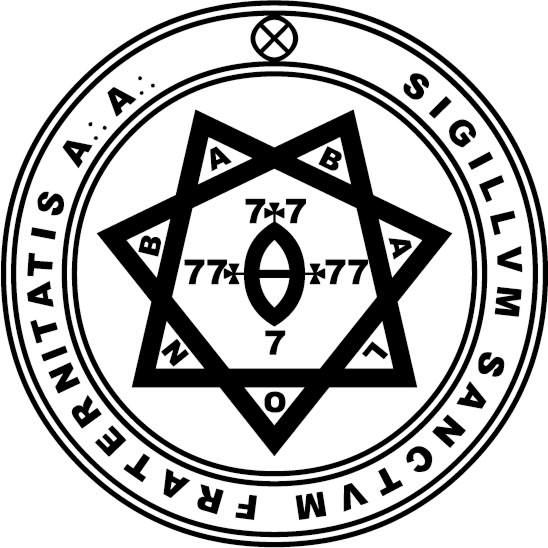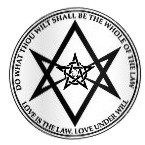|
|

 A COMPENDIUM BY FRATER D.M.T. A COMPENDIUM BY FRATER D.M.T. 



Do what thou wilt shall be the whole of the Law.

A∴A∴
The Ipsissimus Grade

The Initiatory Structure of the A∴A∴
The Order consists of eleven degrees or levels, organized into three groups, the Orders of the SS, the RC and the GD respectively set forth in One Star in Sight sub figurâ CDLXXXIX. In the A∴A∴, blind is not blind guide and progress is measured by this series of degrees. The Order of A∴A∴ adheres more or less strictly to the guidelines set forth in Liber Collegii Sancti sub figura CLXXXV by Aleister Crowley.
[Read more about the initiations in the A∴A∴ Initiation section.]

Ipsissimus
10° = 1□
Ipsissimus. — Is beyond all this and beyond all comprehension of those of lower degrees.

"Ipsissimus" Summary
(10°=1□): Beyond the comprehension of the lower degrees. An Ipsissimus is free from limitations and necessity and lives in perfect balance with the manifest universe. Essentially, the highest mode of attainment. This grade corresponds to Kether on the Tree of Life. Ipsissimus is quite hard to translate directly from Latin to English, but it is essentially the superlative of "self", translating rather approximately to "His most Selfness," or "self-est." (c.f. generalissimus for the same superlative form in use for a grade from same Latin root.)
Crowley named as a condition of this grade the trance Nirodha-samapatti, which reduces heartbeat and other life functions to the bare minimum. Theravada Buddhist monks traditionally attain nirodha-samapatti by producing the aforementioned Formless States one after the other, and perceiving in each what they call the Three Characteristics of all existence: sorrow or tendency towards sorrow, change or unreliability, and insubstantiality or lack of self. Crowley and the A∴A∴ however seek to replace this threefold view with the quest for balance as both a motive for discipline and the means of achieving their end goal. In Liber B vel Magi they urge the Magus seeking further progress to identify the Buddhist Three Characteristics with the opposite states. "Wherein Sorrow is Joy, and Change is Stability, and Selflessness is Self." Crowley's version of nirodha includes "seeing first the truth and then the falsity of the Three Characteristics" according to his published theory.
The Ipsissimus should keep the achievement of this final grade secret, even from the rest of the Order, and continue with the work of the Magus while expressing the nature of an Ipsissimus in word and deed.
[« back to top]
Read more:

BACK TO THELEMAGICK LIBRARY
Proof read and edited by Frater D.M.T. © Thelemagick.


Love is the law, love under will.
|
|